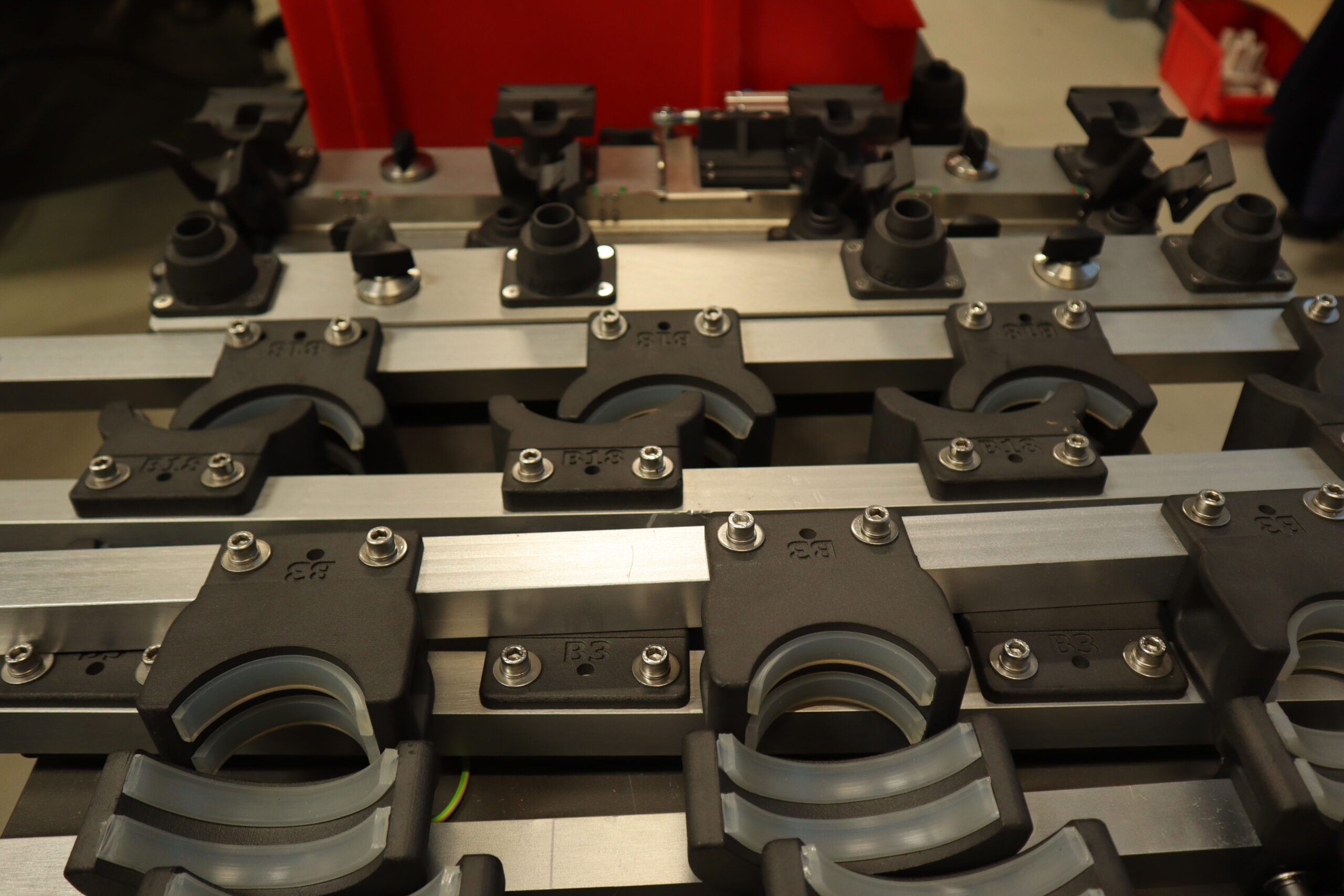Ordering replacement parts is a process that keeps maintenance engineers awake at night. Sometimes the problems concern quality, in other cases delivery time, but in almost every situation, the question arises: “can’t it be cheaper?”
Well, it’s possible. In many cases, 3D-printed replacement parts can effectively and cost-effectively replace those manufactured using other technologies, including machining or injection molding.
How does modern 3D printing enable effective printing of larger batches of parts?
For many years, 3D printing was associated mainly with small FDM printers, which were intended primarily for prototyping. These types of devices had relatively low printing accuracy and did not produce good enough quality parts for most practical applications. Above all, however, their production capacity was definitely too low to be effectively used to produce parts in larger series.
However, the potential of 3D printing in the context of this type of production was obvious. As an additive technology, 3D printing is generally more economical because it uses less material and does not generate the same losses as in cutting. Guided by this idea, HP created Multi Jet Fusion printers in 2016, allowing you to create parts with high precision, durability, and, most importantly, in large quantities. Thanks to this, it has become an ideal method of producing replacement parts for production processes, such as grippers or format parts.
Our experience in cooperation with production companies shows that. Using HP Multi Jet Fusion 3D printing technology, you can achieve an average of approximately XX% lower part cost. Notably, the savings result not only from the cost of the part.
How much does it cost to order replacement parts?
Apart from the price itself, when ordering replacement parts, you also need to take into account other factors that influence how much the entire parts ordering process ultimately costs and what risks it generates if it does not run smoothly. It is worth asking yourself questions such as:
1. Can I be sure that the supplier will deliver the parts on time? What are the risks associated with potential delays?
Every maintenance engineer knows perfectly well what a tremendous loss any downtime caused by the lack of necessary parts is. Unfortunately, in many cases, suppliers are unable to ensure quick execution of orders, which is most often due to large queues or technological issues. In the case of our 3D printing service, this problem does not occur, and the delivery time can be up to 24 hours in emergency situations for our clients.
What costs does storing spare parts generate?
To avoid the risk of missing parts, companies often choose to order large quantities of parts and keep them in stock. However, this involves the risk of loss, damage, and limitation. Additionally, the company is forced to freeze financial resources in this way. In the case of 3D printing, this problem can be eliminated entirely thanks to the virtual warehouse service and just-in-time parts production. We describe more about this in the article:
How does a virtual warehouse help reduce costs and help implement Industry 4.0 in companies?
What types of replacement parts are most often replaced with 3D-printed ones?
The best “candidates” for replacement parts that can be 3D printed are those that:
- Aredone made of plastic using injection molding or CNC technology
- Ordering them is cumbersome and time-consuming
- They are expensive (due to low availability or technology used)
- They are replaced regularly, or the company needs them in large quantities.
Additionally, it is also worth paying attention to those parts that have complex geometry or may require modification between series. Modern 3D printing allows for great design freedom and the creation of shapes that are impossible to produce, e.g. using cutting technologies. In many cases, this allows for further cost reduction – e.g. by using less material or creating a whole part, whereas in other technologies, they had to be created separately and then combined. We describe this topic extensively in the article about selecting parts for additive technologies.
What does the process of implementing 3D-printed parts into a company look like?
Implementing replacement parts printed using MJF technology into your company comes down to a few simple steps:
- Part audit and selection of elements that will be suitable for this technology
- Scanning elements and generating 3D models for printing (if they do not exist)
- Preparing parts for a test for the customer, then making any changes/corrections
- Printing and shipping the order to the customer on the selected date
- (Optional) Creating a parts delivery schedule for the following months
We have developed our implementation process based on many years of experience and work with large production companies, such as Colgate Palmolive and Unilogo. Its ultimate goal is to reduce costs and streamline processes in companies.
If your company also struggles with replacement parts problems, there is a high chance that 3D printing may be the solution. we invite you to free consultation.


